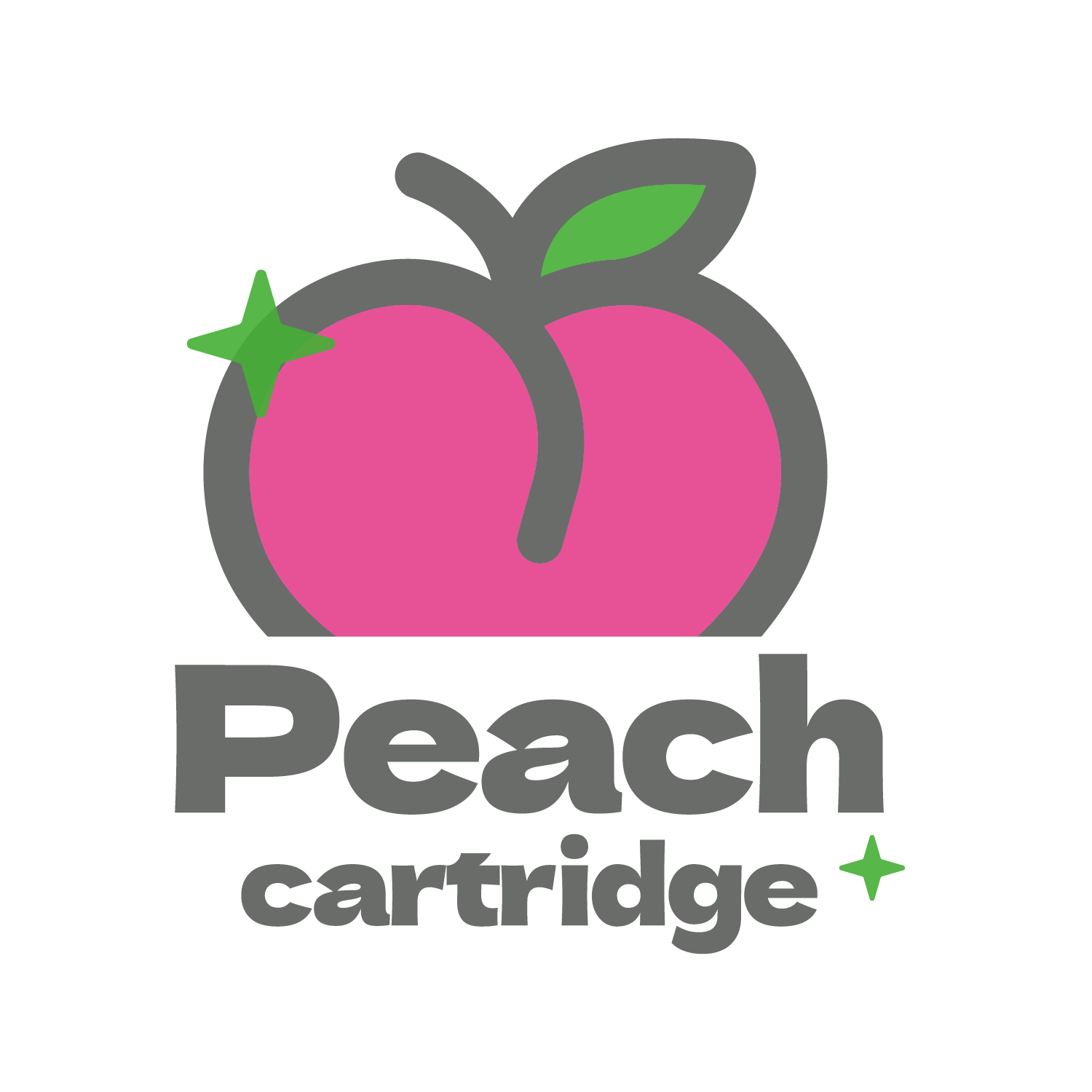A: Early Origins
Tattooing in China dates back thousands of years, with evidence suggesting its presence during the Neolithic period. Ancient Chinese civilizations, such as the Shang and Zhou dynasties, practiced tattooing for various purposes, including religious rituals, status symbols, and identifying tribal affiliations.
B:Cultural Significance
In traditional Chinese culture, tattoos held profound meanings, often representing one’s social status, spiritual beliefs, or personal accomplishments. Certain symbols, such as dragons, phoenixes, and tigers, carried symbolic significance and were believed to offer protection and good fortune.
II: The Art of Tattooing
A:Traditional Techniques
Historically, tattooing in China involved manual methods, such as hand-tapping or bamboo stick puncturing, to embed ink into the skin. Skilled artisans, known as “dianbing,” meticulously crafted intricate designs using rudimentary tools and natural pigments.
B:Modern Innovations
In contemporary times, tattooing techniques have evolved with advancements in technology and equipment. Electric tattoo machines have replaced traditional hand tools, offering greater precision and efficiency. Additionally, the availability of a wide range of vibrant colors and tattoo styles has expanded artistic possibilities for both tattoo artists and enthusiasts.

III:Popular Tattoo Designs
A:Symbols and Meanings
Chinese tattoos often feature symbols deeply rooted in the country’s cultural heritage. For instance, the Chinese dragon symbolizes power, strength, and prosperity, while the lotus flower represents purity and enlightenment. Other common motifs include auspicious Chinese characters, mythical creatures, and traditional landscapes.
B:Trends in Chinese Tattooing
Modern tattoo trends in China reflect a fusion of traditional motifs with contemporary aesthetics. From minimalist designs to elaborate sleeves, there’s a diverse array of styles embraced by tattoo enthusiasts. Increasingly, individuals are opting for personalized tattoos that reflect their unique identities and experiences.
IV: Choosing the Right Tattoo Studio
A:Factors to Consider
Selecting the right tattoo studio is crucial to ensuring a positive experience and satisfactory results. Factors to consider include the artist’s expertise, hygiene standards, portfolio of previous work, and customer reviews. Visiting the studio in person and consulting with the artist can provide valuable insights into their professionalism and artistic vision.
B:Tips for First-Timers
For those new to the world of tattooing, it’s essential to do thorough research and communicate openly with the tattoo artist. Discuss your design ideas, placement preferences, and any concerns you may have. Additionally, familiarize yourself with the tattoo aftercare process to promote proper healing and long-lasting results.
V:Tattoo Aftercare
A:Importance of Proper Care
Proper aftercare is essential for ensuring the longevity and vibrancy of your tattoo. Immediately after getting inked, follow the artist’s instructions for cleaning and moisturizing the tattooed area. Avoid exposing the tattoo to direct sunlight, swimming pools, or abrasive fabrics during the initial healing phase.
B:Step-by-Step Guide
A typical tattoo aftercare regimen involves gentle cleansing with mild soap and water, followed by applying a thin layer of fragrance-free moisturizer to keep the skin hydrated. It’s crucial to avoid picking at scabs or scratching the tattooed area, as this can interfere with the healing process and may result in ink loss or scarring.
VI:Health and Safety Concerns
A:Sterilization Practices
Maintaining strict hygiene and sterilization protocols is paramount in tattoo studios to prevent the risk of infection and transmission of bloodborne pathogens. Reputable tattoo artists adhere to industry standards by using disposable needles, single-use ink caps, and autoclave sterilization for reusable equipment.
B:Risks and Precautions
While tattooing is generally safe when performed by experienced professionals in a sterile environment, there are inherent risks associated with the procedure. Allergic reactions to tattoo ink, skin infections, and improper healing are potential concerns that should be discussed with the tattoo artist beforehand.
VII:Conclusion
Ink life tattoo represents a vibrant fusion of tradition, artistry, and self-expression in Chinese culture. From ancient rituals to modern innovations, tattoos have transcended boundaries and evolved into a global phenomenon embraced by people from all walks of life.
Frequently Asked Questions
- While tattoos have gained popularity in recent years, traditional Chinese attitudes towards body art can still vary. In certain professional settings or conservative environments, visible tattoos may still be met with skepticism.
- Pain tolerance varies from person to person, but most individuals describe the sensation of getting a tattoo as a combination of scratching and vibrating. Pain levels can also depend on the location of the tattoo on the body.
- Complete tattoo removal is possible with laser technology, although multiple sessions may be required depending on the size, color, and depth of the tattoo. It’s essential to consult with a qualified dermatologist or laser specialist for personalized advice.
- Certain symbols or imagery may carry negative connotations or be considered culturally insensitive in certain contexts. It’s essential to research the cultural significance of specific designs and ensure they align with respectful and informed tattoo practices.
- To ensure a safe and positive tattoo experience, choose a reputable tattoo studio with experienced artists who prioritize hygiene and sterilization. Ask questions, review the studio’s portfolio, and follow the artist’s aftercare instructions diligently.
Despite the popularity of tattoos in China, misconceptions about outdated techniques and cultural significance persist. To ensure a positive experience, research reputable studios, communicate openly with artists, and understand cultural norms.



